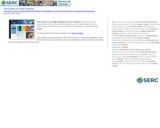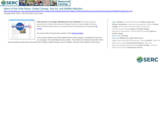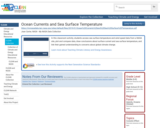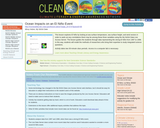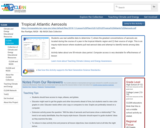
In this activity, students examine NASA satellite data to determine if sea surface temperature has reached a point that would cause coral bleaching in the Caribbean.
- Subject:
- Physical Science
- Material Type:
- Activity/Lab
- Provider:
- CLEAN: Climate Literacy and Energy Awareness Network
- Provider Set:
- CLEAN: Climate Literacy and Energy Awareness Network
- Author:
- NASA - My NASA Data
- Rex Roettger
- Date Added:
- 02/07/2023
